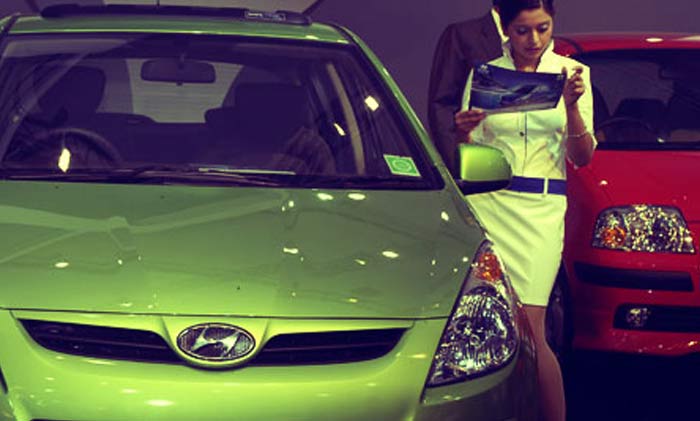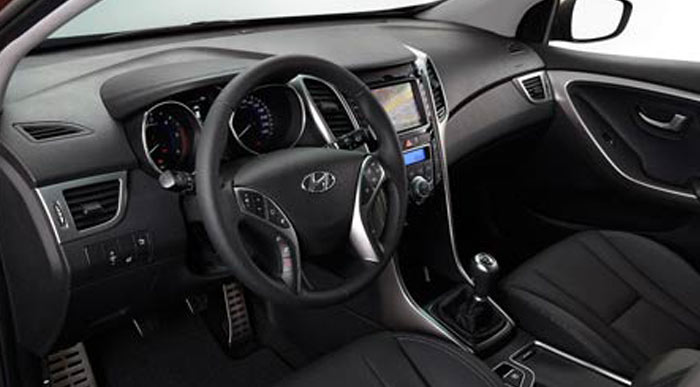The market for handsets is slowly reaching saturation point and smartphone camera companies are now looking at cars and other automobiles as the next opportunity. The demand for in-vehicle technology is increasing more than ever before and it presents a good scope for businesses keen on finding further avenues for growth.
High-end automobiles may be outfitted with more than half a dozen cameras to help kick emergency brakes into action or visually aid parking. Korea’s biggest car camera maker and supplier of phone lenses to Samsung, Mcnex, says that car manufacturers may eventually need up to 12 cameras per vehicle in case they decide to replace side-view mirrors.

Similar technology is bound to trickle down to cheaper models too and if this happens, the market need for vehicle cameras could rise by 7 times from 2011 to almost $6.6 billion in 2018, says The Times of India who got this tidbit from Techno Systems Research. So camera makers are less likely to be hit very hard by sliding cell phone sales.
Also see: Apple thinks cars and medical devices are good investments for increased revenue
The price for in-vehicle cameras is $32 apiece, that’s $28 more than the cost of lenses for phones. 19% of Mcnex’s revenue came from camera cars in 2013 as compared to the 2% it earned for the same in 2007. Of course, as more and more competitors enter the fray, these rates are going to drop and make up for it volume instead.
With regards to smartphone camera brands branching out into automotive technology, Haesung Optics and Kolen are reportedly gauging their prospects here. The air is thick with other names such as Sekonix, LG Innotek, Panasonic, Continental, Sony and Robert Bosch, some of who are already in the game, while others are still calculating their chances.

It’s not easy to be a part of the business considering that vehicle cameras have to be much more resilient than those found in handsets. They have to undergo torture tests such as being submerged in water for days and withstanding 1,000 hours of temperatures moving between -40 degrees Celsius and 85 degrees Celsius every few seconds or so.
When driver-less cars like the ones Google is building enter commercial production, then smartphone camera companies will have even wider opportunities before them. After all, a vehicle laden with sensors and lenses is going to need much more than a dozen cameras to function safely.
